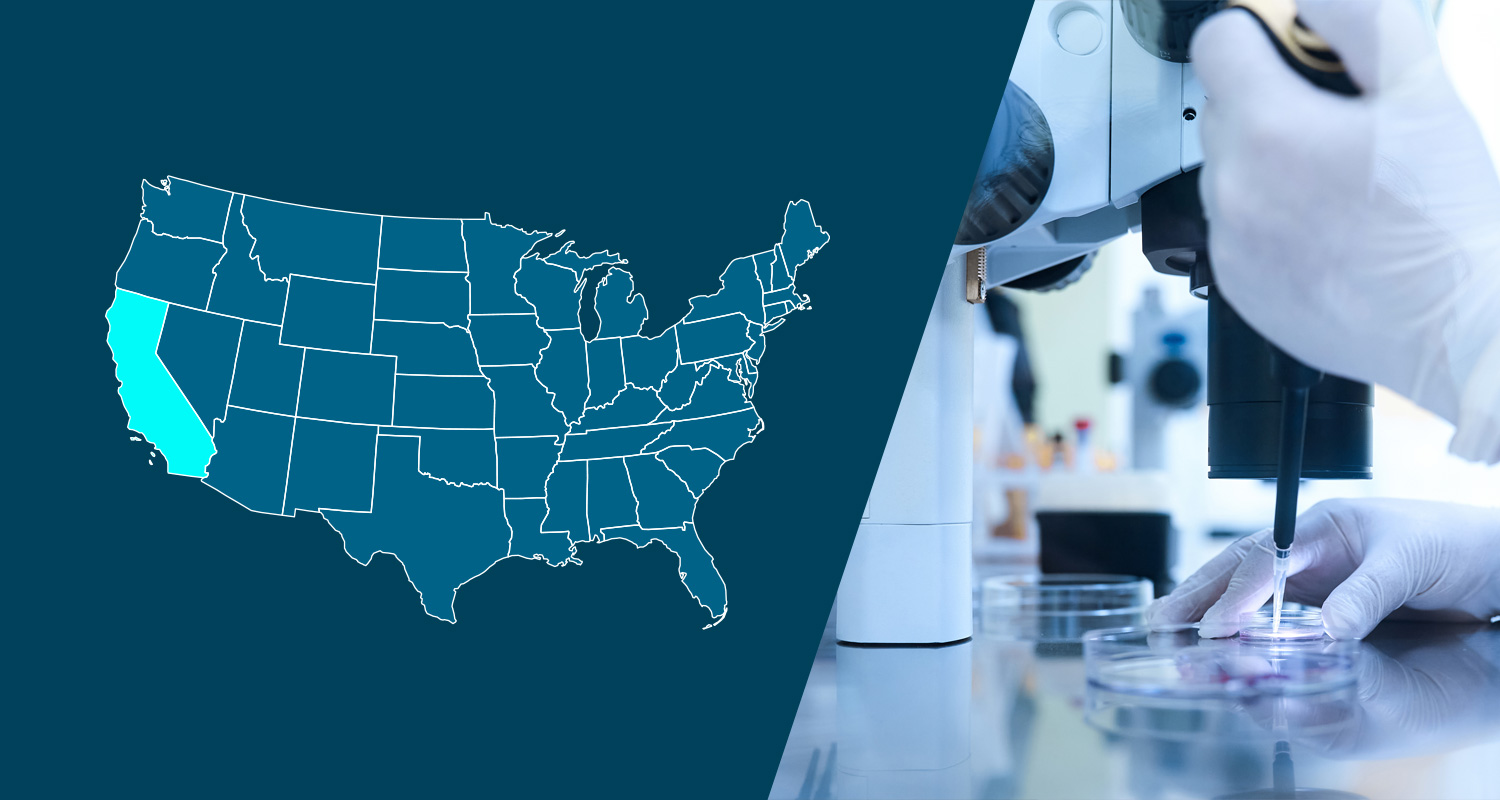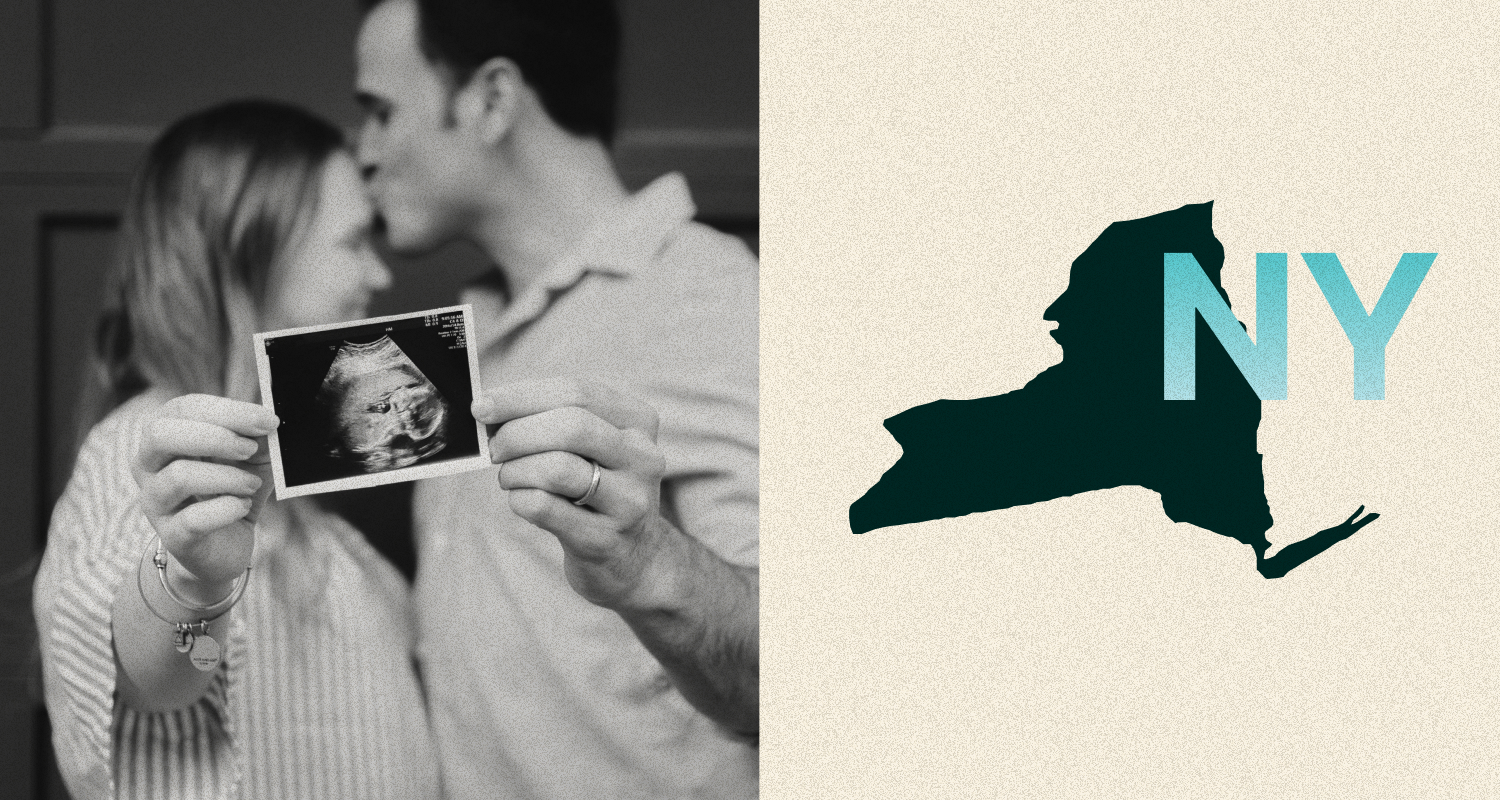Employers that sponsor self-insured group health plans, including health reimbursement arrangements (HRAs) and level-funded plans, have until July 31st to pay their fees that fund the Patient-Centered Outcomes Research Institute (“PCORI fees”). This year, employers will pay the PCORI fee for plan years ending in 2018.
Compliance Snapshot:
- Employers who sponsor self-insured plans (including level funded plans and HRAs) must pay the PCORI fee, which is determined by the number of covered lives under each self-insured health plan and the plan year end date;
- Employers must report and pay their fees using IRS Form 720 through the Electronic Federal Tax Payment System (EFTPS) by July 31, 2019;
- Employers who only sponsor “fully insured” plans do not pay the PCORI fee.
Background
The PCORI fee was established as part of the Affordable Care Act (ACA) to fund research to evaluate the effectiveness of medical treatments, procedures and strategies that treat, manage, diagnose or prevent illness or injury. The PCORI fee applies to plan years ending on or after October 1, 2012 and before October 1, 2019. For calendar year plans, fees will only apply to policy years through 2018, with the last payment occurring July 1, 2019. For non-calendar year plans ending through September 30, 2019, the last payment will occur by July 31, 2020.
FAQs
Do I need to pay the PCORI fee?
Employers who sponsor any self-insured plan must pay the PCORI fee. The fee does not apply to plan years beginning on or after November 1, 2018 (or ending on or after October 1, 2019). The following types of insurance coverage are subject to the PCORI fee:
- Accident and health coverage or major medical insurance coverage
- Retiree-only health or major medical coverage
- Health or major medical coverage under multiple policies or plan
- COBRA coverage
- HRA (unless it is an excepted benefits HRA – meaning separately offered, limited-scope dental or vision only benefits)
- State and local government health or major medical plans for employees and/or retirees
IMPORTANT NOTE: The insurance carrier is responsible for paying the PCORI fee on behalf of a fully insured plan. The employer is responsible for paying the fee on behalf of a self-insured plan, including an HRA .
How much is the PCORI fee?
The PCORI fee is determined by the number of covered lives under each self-insured health plan and the plan year end date. This year, employers will pay the fee for plan years ending in 2018.
- For plan year START dates that begin February 1, 2017, through October 1, 2017 (plans that END January 2018 through September 2018), the fee is $2.39 per covered life and is due by July 31, 2019.
- For plan year START dates that begin November 1, 2017, through January 1, 2018 (plans ENDING October 2018 through December 2018), the fee is $2.45 per covered life and is due by July 31, 2019.
How do I determine the average number of covered lives covered by my plans?
Plan sponsors may choose from three methods when determining the average number of lives covered by their plans.
- Actual Count method. Plan sponsors may calculate the sum of the lives covered for each day in the plan year and then divide that sum by the number of days in the plan year. In practice, data is usually provided on a monthly, not daily, basis. As such, employers may decide to add the average lives for each month and divide by the number of months in the plan year.
- Snapshot method. Plan sponsors may calculate the sum of the lives covered on one date in each quarter of the year (or an equal number of dates in each quarter) and then divide that number by the number of days on which a count was made.
- Snapshot Factor method: Add the number of participants with self-only coverage plus 2.35 times the number of participants with “other than” self-only coverage (do not use this method for HRA plans).
- Form 5500 method. Sponsors of plans offering self-only coverage may add the number of employees covered at the beginning of the plan year to the number of employees covered at the end of the plan year, in each case as reported on Form 5500, and divide by 2. For plans that offer more than self-only coverage, sponsors may simply add the number of employees covered at the beginning of the plan year to the number of employees covered at the end of the plan year, as reported on Form 5500.
Special rules for HRAs.
- Self-insured health plans with a HRA: Two or more applicable self-insured health plans may be combined and treated as one plan for purposes of calculating the PCORI fee if the plans both have the same plan sponsor and the same plan year. In other words, the same life covered under each plan would count as only one covered life for purposes of calculating the fee. The plan sponsor is responsible for paying the fee for self-insured plans.
- Fully-insured health plans with a HRA: Employers with fully-insured plans that also sponsor a separate medical HRA must pay the PCORI fee for the HRA, while the insurer pays the fee for the fully-insured plan. In this situation, the underlying fully-insured plan and the HRA are treated separately with respect to the PCORI fee.
How do I pay the fee?
- Employers must report and pay PCORI fees using IRS Form 720, Quarterly Federal Excise Tax Return.
- Employers may pay through the Electronic Federal Tax Payment System (EFTPS) and the payment should be applied to the second quarter (in EFTPS, select Q2 for the Quarter under Tax Period on the “Business Tax Payment” page).
- Please refer to the instructions on how to complete IRS Form 720.
Employer Action Items:
- Determine whether you sponsor any applicable self-insured plans;
- Calculate the PCORI fee (Important Note for Sequoia Clients: Your Client Service Manager will reach out to provide assistance with your PCORI fee calculations);
- Report and pay the PCORI fees using IRS Form 720 through EFTPS by July 31st.
Sequoia Clients Only: Please reach out to your Client Service Manager with any questions relating to the PCORI fee, or if you are unsure if this fee applies to your plans. Your Client Service Manager will be sending you additional guidance regarding the PCORI fee.
Employer Resources:
- IRS information on how to calculate the PCORI fee
- IRS Q&A
- IRS PCORI Fee Application Chart
- IRS PCORI Fee Filing Due Dates and Rates
- IRS Form 720
- Instructions for IRS Form 720
The information and materials on this blog are provided for informational purposes only and are not intended to constitute legal or tax advice. Information provided in this blog may not reflect the most current legal developments and may vary by jurisdiction. The content on this blog is for general informational purposes only and does not apply to any particular facts or circumstances. The use of this blog does not in any way establish an attorney-client relationship, nor should any such relationship be implied, and the contents do not constitute legal or tax advice. If you require legal or tax advice, please consult with a licensed attorney or tax professional in your jurisdiction. The contributing authors expressly disclaim all liability to any persons or entities with respect to any action or inaction based on the contents of this blog.



